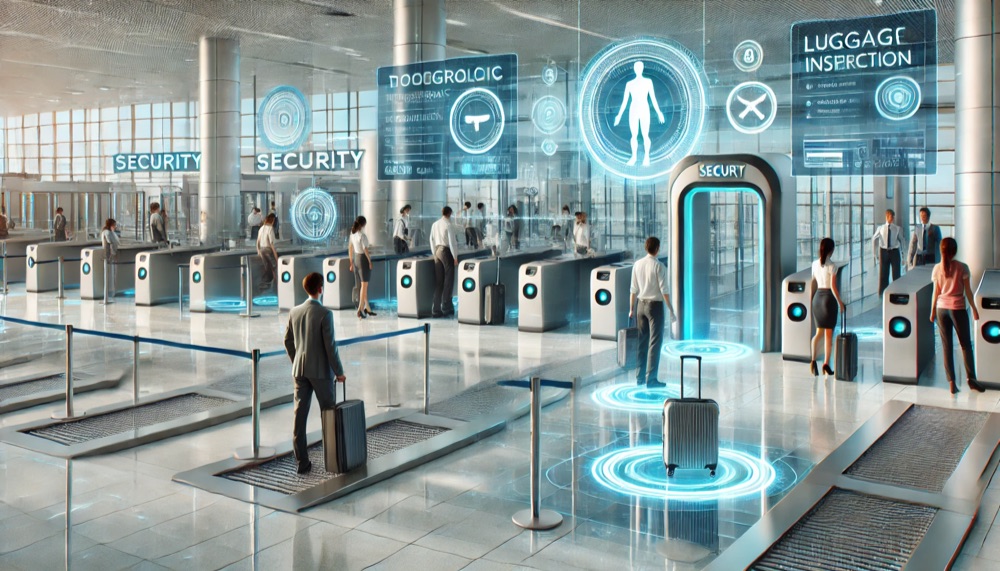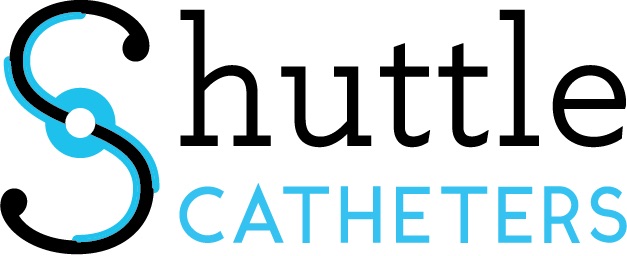
Fixing Airport Security With Technology
The Transportation Security Administration is facing increasing scrutiny over its high- and low-tech security tactics, at a time when critics say a total overhaul is needed.
The TSA shoulders the enormous responsibility of keeping air travel safe for millions, and while one misstep could have huge consequences, the agency runs risk of trampling privacy boundaries and harassing innocent passengers.
The TSA is trying to enhance its screening process with an arsenal of mobile tech innovations, as well as old-fashioned face-to-face appraisals, but both cutting-edge technology and old-fashioned size-ups may not be enough to salvage the flawed system.
Pat-Downs and Body Scans: Not Popular, Not Working
The terrorist attacks on 9/11 eroded public confidence in the government’s ability to keep the skies safe, and it ramped up security measures by creating the TSA. The federal agency introduced a number of screening procedures to keep the public safe, but many criticize the measures as reactionary and not comprehensive.
The two most publicized threats since 9/11, the shoe bomber in 2001 and the underwear bomber in 2009, both boarded planes in Europe, outside of the TSA’s reach. The TSA reacted to these attacks by introducing the much-maligned policies of making passengers remove their shoes and put carry-on liquids in baggies, as well as the new full-body scanners.
But are these security measures foiling terrorist attacks? Vanity Fair’s Charles C. Mann pointed out shortcomings with body scanners adopted by the TSA in response to the “underwear bomber” saying, “The scanners cannot detect [the explosive substance] directly; instead they look for suspicious bulges under clothing… the pancake is invisible to scanning machines. Alternatively, attackers could stick gum-size wads of the explosive in their mouths, then go through security enough times to accumulate the desired amount.” Not exactly the kind of security many Americans feel is worth an annual price tag of $1.2 billion.
The Economist’s Bruce Schneier also came down hard on the TSA’s post-9/11 record, noting, “In the entire decade or so of airport security since the attacks on America on Sept. 11, 2001, the Transportation Security Administration has not foiled a single terrorist plot or caught a single terrorist.”
Schneier went on to call most of TSA’s practices “security theater,” arguing that luggage-matching, locking cockpit doors and teaching passengers how to defend themselves are among the most useful security measures implemented thus far.
The expensive new body scanners and other equipment are drawing criticism from the public and analysts alike, raising questions about the efficacy of its security implementation, which many fear isn’t making the public safer and invades privacy.
Even former TSA head Kip Hawley thinks the system is broken, and is rallying to stop wasteful searches and let people bring shampoo back in their carry-ons.
Bombarded by criticism on all sides, the TSA is leaning on technology to beef up its operations, but the question remains: is it enough?
TSA Embraces Technology
The TSA is testing a variety of high-tech solutions, including sophisticated check-in machines that can immediately flag down suspicious or fake IDs using powerful detection technology. The agency also introduced Pre-Check, which processes passengers’ background checks via computer ahead of the scheduled flight time.
The TSA now offers an app letting users check their flight status, find out which items are prohibited and which are allowed depending on their destination, and compare security line wait times.
Although the TSA’s own app won an award in 2011, the program failed to assuage passenger anger over its aggressive tactics.
Part of the problem is determining and discarding programs that don’t work, but the agency is reluctant to cut any of its safety measures out of fear they could increase the risk of a security threat. Although its current methods are often derided for being inefficient, removing measures without replacing them with something better may leave travelers more vulnerable to attacks, and the TSA would rather go overboard and screen unnecessarily than let a threat slip through the cracks.
In fact, it is adding more security programs, both in the form of old-fashioned chats –meant to personally size up travelers based on their small-talk demeanor — and high-tech check-ins, which require government IDs.
The Public Strikes Back
The TSA’s inability to winnow out ineffective tactics while piling more security measures, however, is creating tension with the very public it aims to protect, as travelers face increasing wait times in line and more invasive procedures.
Passengers are so frustrated they’ve created tech tools, like apps, allowing users to report racial profiling as it happens in airport screenings, while another exists so users can rant about their bad experiences.
The TSA has a noble and necessary role — to keep travelers safe– but its methods may cause more harm than good, with elderly people and children subject to aggressive pat-downs, commuters regularly sidetracked and held for no apparent reason and intense full-body scanners encouraged despite their invasive technology.
Viral videos highlighting some of the TSA’s odd choice of passenger pat-downs, including a disabled child and several elderly people, provoked heated responses from travelers and inspired some TSA agents to re-assess their pat-down policies for people 75 and older at O’Hare Airport in Chicago, although after that happened, Atlantic reporter Jeffrey Goldberg’s 79-year-old mother-in-law was subjected to a humiliating TSA shakedown.
Turbulence Ahead
The TSA faces a dissatisfied public, fueling a push for other options. Some airports are exploring hiring private firms, especially since a law allowing private screeners instead of the TSA is gaining attention from airport officials. Orlando’s Sanford International Airport led the charge, and since the law, passed over 28 airports have requested to change over to private security. These mostly smaller airports are as fed up with the TSA as consumers.
Though the TSA said private contractors would cost taxpayers more money, other studies found they are actually more cost-effective.
Private security may not eliminate the TSA. Although some airports are opting out of TSA screenings, the private companies they use as an alternative must still follow TSA guidelines. But public outrage over the TSA’s practices is unlikely to subside as long as it continues to make traveling more difficult than it already is without proving the annoying measures are producing safe flights.
At the same time, private security may end up using the same methods as the TSA, so hiring different screeners may not change anything.
The TSA wants to keep travelers safe, but its meddlesome methods, coupled with a lack of evidence that these methods are necessary, are tarnishing the company’s reputation. The agency is experimenting with new technology, but no amount of apps and high-tech equipment can take the place of effective strategy and discerning usage.
No matter what kind of high-tech innovations or old-fashioned tactics the agency employs, if it continues to infuriate travelers and spend money without validating it, the agency may be in for a major shakeup.
